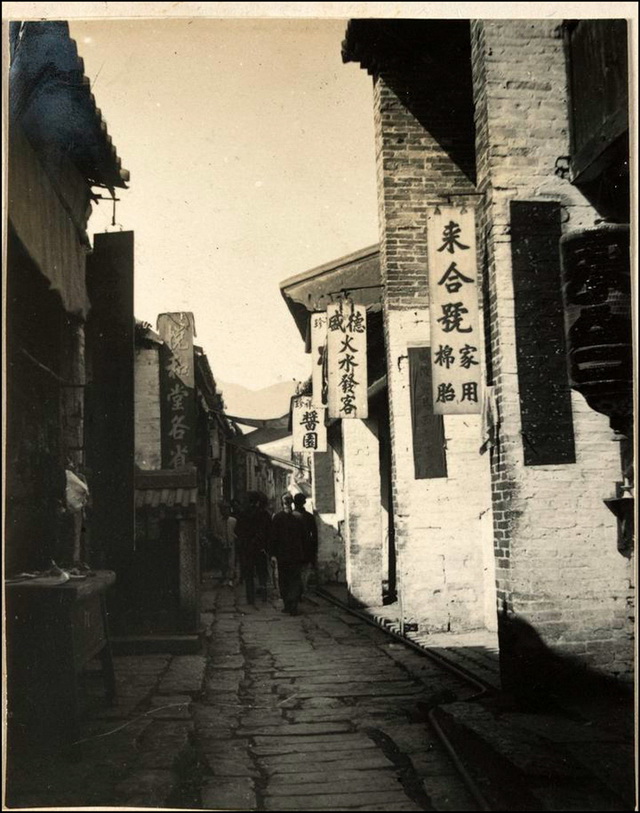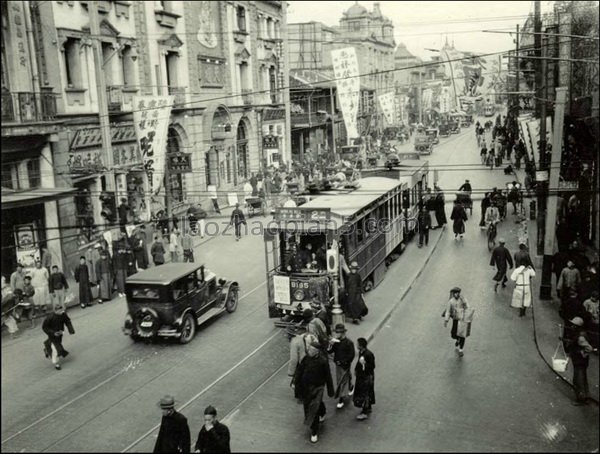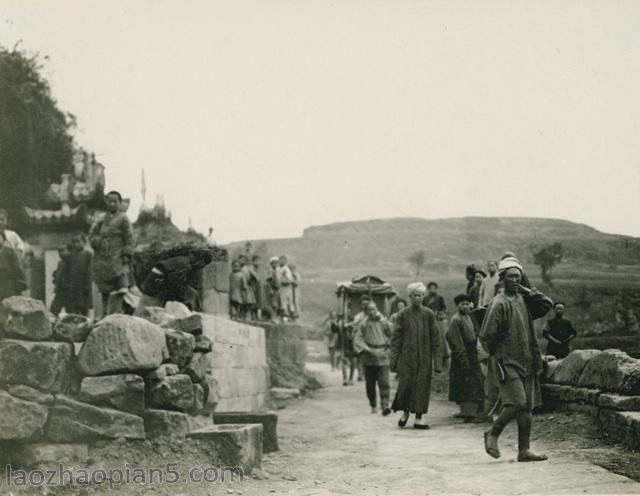[Shen Shao’s Three Portraits Axis]
The Three Portraits Axis, Emperor Kangxi of the Qing Dynasty, Shen Shao’s painting, silk version, color setting, 115.8 cm vertically and 50.5 cm horizontally
The middle and upper part of the right side of this picture reads: “Written by Shen Shao on the white rock of Renyin Juyue.” The lower seal is “Shen Shao’s seal” and “Ertiao’s seal”
This picture, also known as “The Three Gentlemen of Jiading”, depicts three famous literati in Jiading at the end of the Ming Dynasty, namely Tang Shisheng, Cheng Jiasui and Li Liufang. The picture shows an old man sitting on a chair under a turquoise, and a child standing behind him holding a pole tied with ganoderma lucidum. There are two young people on the right side of the old man. The front man holds Ruyi in his right hand, and his left hand is naturally pendulous. He wears a black scarf, and his face is strict. Behind him, a man stands with his sleeves in both hands. The three main characters in the picture have very delicate facial depictions, all dressed in robes and Zhu shoes, which are typical literati costumes in the late Ming Dynasty. The turquoise painted in the picture, the ganoderma lucidum on the wooden pole in the hands of the children, and the Ruyi in the hands of the former leader indicate that the picture has the meaning of the longevity painting. The person sitting in the picture is Tang Shisheng, the former is Li Liufang, and the latter is Cheng Jiasui
The age of Ren Yin is the first year of Kangxi in the Qing Dynasty (1662), and Shen Shao is 57 years old. Each of the three paintings in this year has died, and the painter created this picture based on his memory. Most of the “Bochen School” painters had contacts with the literati at that time. Shen Shao, who was a Jiaxing native and worked in Jiangsu and Zhejiang provinces, should be familiar with the three people in the painting. Although he must have met when he was born, it is also rare for them to draw such exquisite portraits decades after their death
There is an inscription by Bi Long of the Qing Dynasty on the border of this picture, and there is one square of Bi’s seal on it. Therefore, this picture was hidden by Bi Long during the reign of Emperor Qianlong of the Qing Dynasty.
![图片[1]-Shen Shao’s portrait axis-China Archive](https://chinaarchive.net/Qing dynasty/painting/8740[1024].jpg)





![[Qing Dynasty] British female painter—Elizabeth Keith, using woodblock prints to record China from the late Qing Dynasty to the early Republic of China—1915-China Archive](https://chinaarchive.net/wp-content/uploads/2022/11/image-191x300.png)